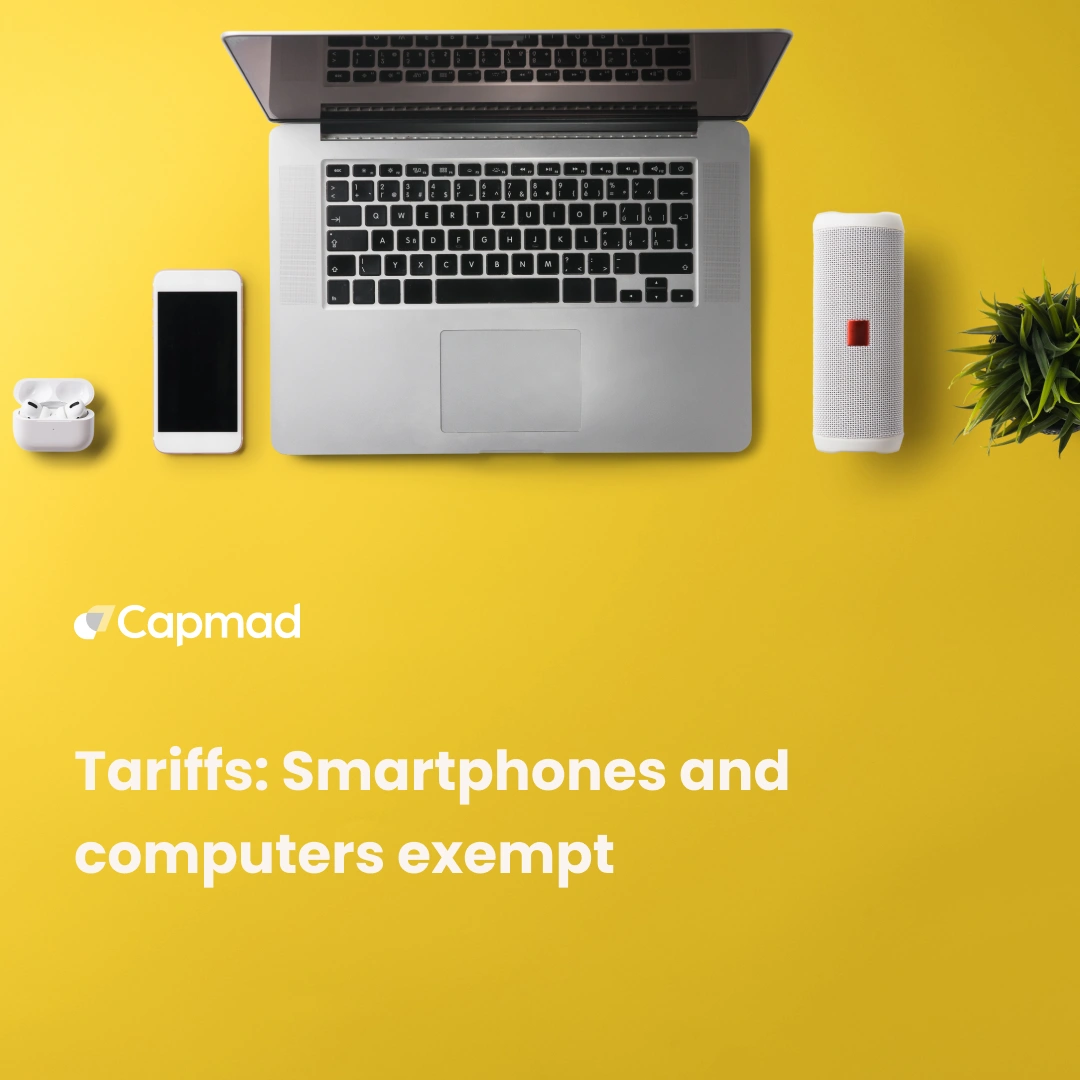Ethiopia records a historic decline in inflation, with the annual rate falling from 29.3% in June 2023 to 13.6% in March 2025. This reduction, driven by structural reforms and restrictive monetary policy, marks a turning point after years of acute inflationary pressures.
An Unprecedented Deceleration Since 2019
The inflation rate reached 15.5% in January 2025, its lowest level since April 2019, before falling to 15% in February and then 13.6% in March 2025. This trend is attributed to two key factors.
Prudent monetary policy: The National Bank of Ethiopia (NBE) has maintained a key interest rate at 15% since July 2024 and imposed a 14% credit growth cap to limit the money supply.
Improved agricultural productivity: Targeted import measures (such as the purchase of 50 million liters of cooking oil) have alleviated shortages.
Food and Non-Food Disinflation
Food price inflation, once the main source of inflation, fell to 15.7% in January 2025 from 29.4% a year earlier. Basic necessities (oil, sugar) benefited from massive government imports.
At the same time, non-food inflation was halved, from 31.4% to 15.1% over the same period, thanks to price controls on housing, transportation, and services.
Structural Reforms and Persistent Challenges
The authorities have accelerated reforms to stabilize the economy:
Partial liberalization of the exchange rate in October 2024, with a 30% devaluation of the birr to reduce the parallel market.
Strengthened collaboration with the IMF, which forecasts single-digit inflation by 2028/2029. However, the devaluation could boost import prices.
Perspectives: A Course Toward Stabilization
The NBE is targeting an inflation rate of 10% by June 2025, a target deemed realistic given recent progress. If reforms continue, Ethiopia could sustainably emerge from the inflationary cycle that began after the 2005 political crisis, when prices peaked at 64.2% in 2008.
This downward trajectory, welcomed by international institutions, illustrates the combined impact of monetary austerity and emergency measures to protect purchasing power.






